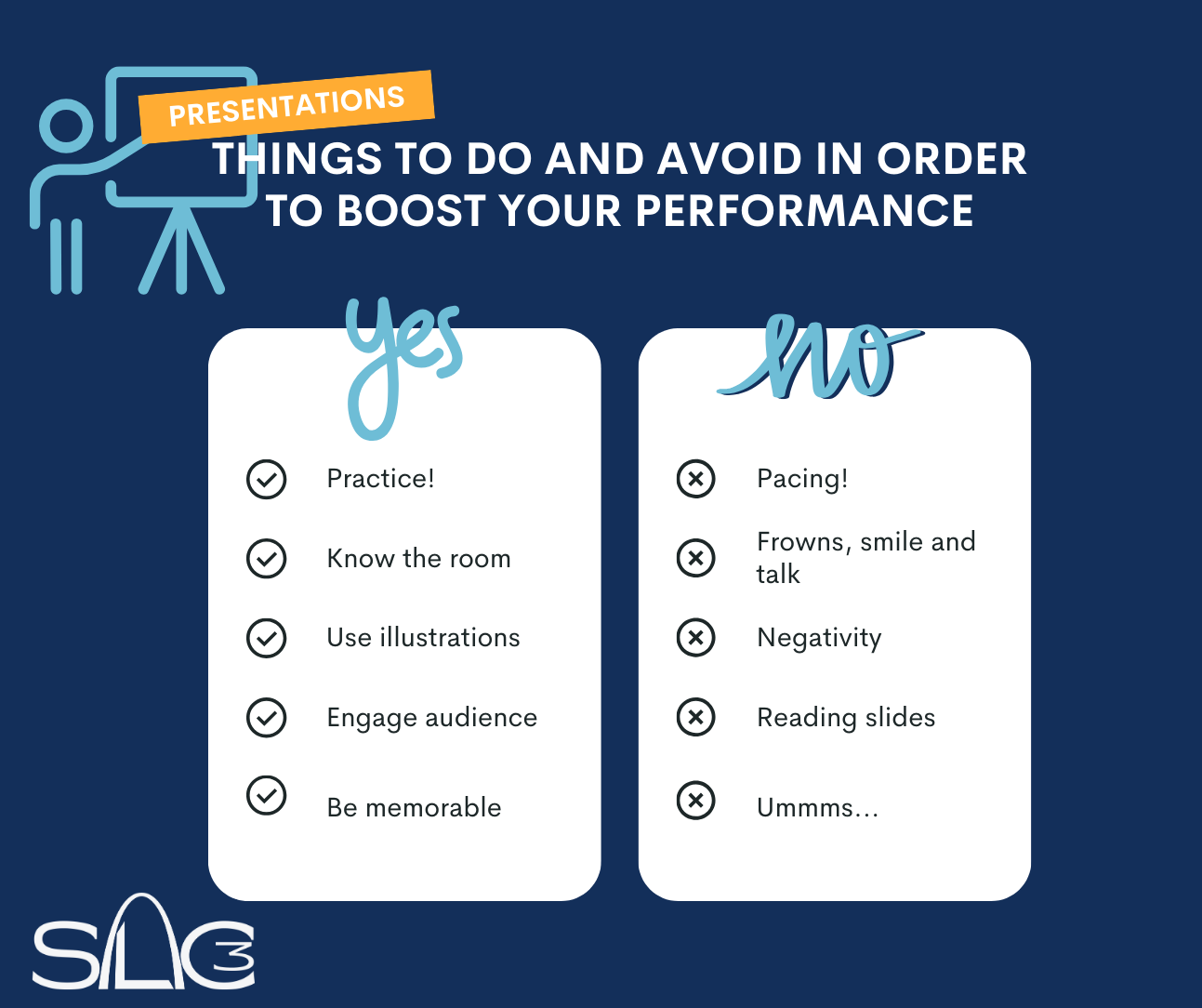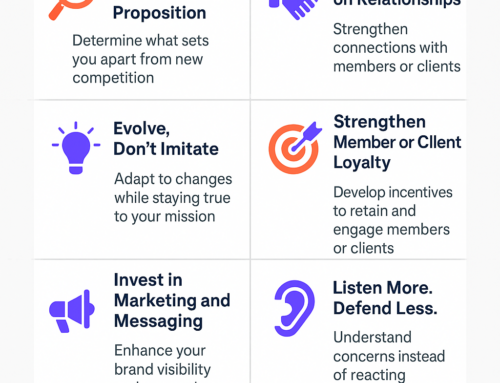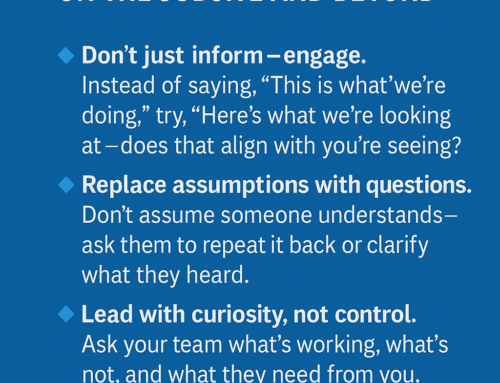Showmanship is part of being a speaker. These do’s and don’ts will help keep all the trainees’ eyes on you:
Do’s
- Practice your presentation. You don’t need to memorize it, but the more familiar you are with the content, the more knowledgeable you will appear.
- Dress one step up nicer than the trainees, but don’t come in dressed to the nines. Wear comfortable shoes.
- Get familiar with the room prior to speaking. Ask about it or see for yourself. But be aware of the layout and potential problems for your presentation.
- Give yourself plenty of time to get set up to avoid the nervous sweats.
- Always introduce yourself and quickly reference your accolades. But remember you want to be memorable and that means less is more.
- Always make eye contact with your audience and smile as you talk.
- Make natural movements during your presentation. Step away from the podium and cover the room if possible.
- Refer to notes sparingly, but keep them handy in case you need them.
- If you introduce new terms, acronyms, or initialisms, repeat them and write them down.
- Repeat, repeat, repeat key points. Repetition is how they remember.
- Remember if you are enthusiastic and engaging, your audience will be too.
Don’t
- Don’t put your hands in your pockets, slouch or wave your hands around too much.
- If you need to turn your back to write something, stop talking as you write.
- Use examples and the occasional story to reinforce the material, but don’t illustrate every point with a personal story.
- Don’t sit down during your presentation unless you’re with a small group and everyone can see and hear you.
- Don’t forget that a microphone works best held to your mouth and not at your naval.
- Watch the “ummms.” Avoid using your favorite verbal placeholder as your speak; replace it with a silent pause as you collect your thoughts.
- Don’t read the screen throughout your presentation. This means you did not prepare enough. It should be a slide to support your points.
- Don’t forget to read the room. You will be able to tell if they lose interest. Step up your voice and tone to re-engage.
- Don’t forget pauses. They can be powerful ways to amplify your points.
- Don’t forget to end with what you want your audience to take away the most. Circle back on your points and of course how they can reach you!
By: Kelly Jackson, Executive Director
St. Louis Council of Construction Consumers (SLC3)






